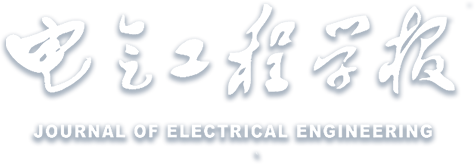三电平UPQC的变阻尼无源混合控制策略*
Passivity-based Hybrid Control Strategy with Variable Damping for Three Level UPQC
-
摘要: 为改善统一电能质量调节器(Unified power quality conditioner, UPQC)的谐波补偿性能,基于UPQC的端口受控的耗散哈密顿(Port-controlled Hamiltonian with dissipation, PCHD)数学模型,利用该模型和UPQC的无源性,设计变阻尼无源控制器,电流内环采用变阻尼无源控制,电压外环采用变积分系数的非线性自抗扰-PI(Active disturbance rejection-proportional integral, ADR-PI)控制。与传统的PI恒阻尼无源控制策略相比,采用的变阻尼无源混合控制策略补偿后的负载电压和电网电流总谐波畸变率更低。最后,在Matlab/Simulink 仿真平台上搭建了TNPC-UPQC的变阻尼无源混合控制系统的仿真模型,对UPQC的谐波补偿性能进行了仿真研究。仿真结果表明,采用的变阻尼无源混合控制策略是可行的。Abstract: In order to improve the compensation performance of unified power quality conditioner (UPQC) for harmonic, based on the port-controlled Hamiltonian with dissipation (PCHD) mathematical model of UPQC, a passivity-based with variable damping controller is designed by using the model and the passivity of UPQC, the inner current loop adopts variable damping passivity-based control, and the outer voltage loop adopts variable integral coefficient nonlinear active disturbance rejection-proportional integral (ADR-PI) control. Compared with the traditional PI constant damping passivity-based control strategy, the total harmonic distortion rate of load voltage and grid current compensated by the variable damping passivity-based hybrid control strategy is lower. Finally, the simulation model of the T-type neutral point clamped UPQC passivity-based with variable damping hybrid control system is built on the Matlab/Simulink simulation platform, and the compensation performance of harmonic of UPQC is simulated. The simulation results show that the passivity-based with variable damping hybrid control strategy is feasible.


 下载:
下载: